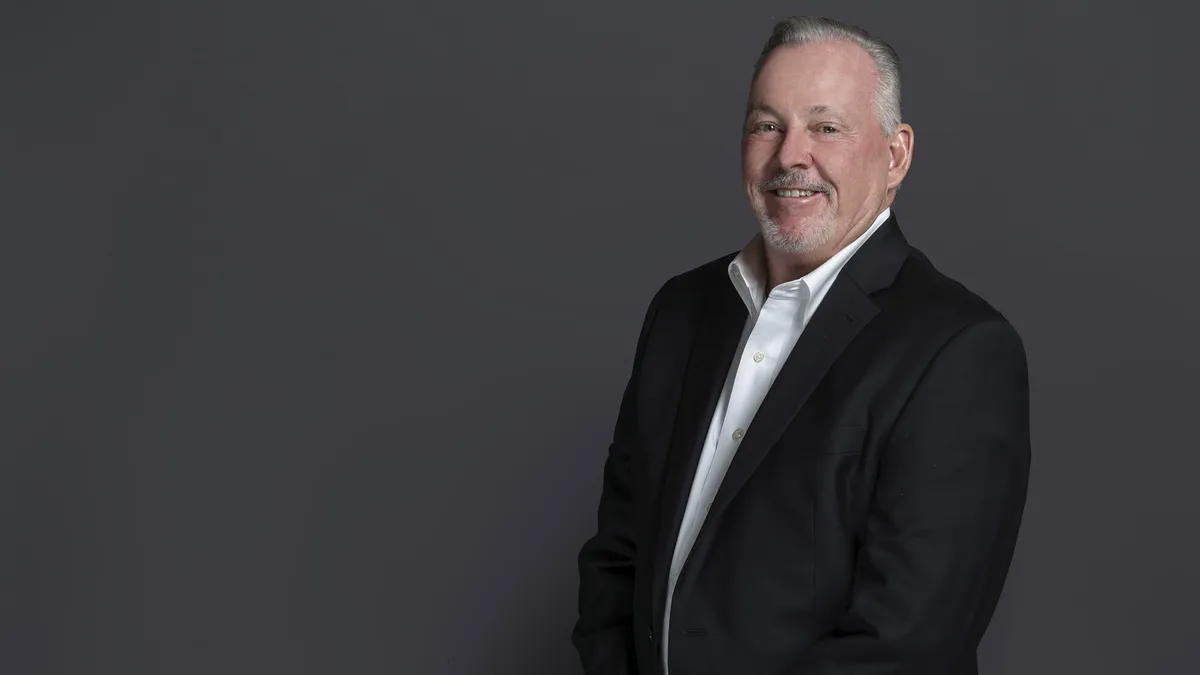
How Tampa and Orlando could become the next ‘megaregion’
Central Florida cities along the Interstate 4 corridor — from Tampa Bay to Orlando — are growing at an accelerated rate.
One local developer said the trends he’s seeing in Tampa and St. Petersburg, from the droves of people moving to the region to the high demand for housing and more businesses, is reminiscent of of the growth he once saw in South Florida.
Fletcher Moore, head of Origin Construction’s Central Florida division, and a fourth-generation Miami native, began his real estate career in South Florida. He moved to Central Florida 20 years ago and said the recent growth in the area shows signs of Tampa and Orlando becoming a true “megaregion”, a term those in the industry use to describe cities that grow into each other and produce billions — if not trillions — of dollars into the economy.
The areas around Tampa and Orlando could soon almost look as indistinguishable as Miami and Fort Lauderdale, Moore said.
“Everything in between used to be green cow pastures. But today, it’s hard to find land,” he said.
Moore spoke with the Tampa Bay Times about the similarities between Central Florida’s recovery from the pandemic and South Florida’s rise before the 21st century and what Tampa and Orlando can learn from local history. This interview has been edited for length and clarity.
Why are Tampa and Orlando poised to become a ‘megaregion’?
I watched a unique occurrence in South Florida decades ago. At the time, there was Miami and Fort Lauderdale. They almost were like neighbors that didn’t like each other. Yet today, and before I left, it all merged together. So I took that example and looked at the Central Florida market — being Tampa and Orlando as a whole — and how it is growing in between and almost connecting the same as what I saw years ago and much more rapidly than South Florida.
There’s the population growth in Central Florida, tremendous exposure to infrastructure and a port on each coast, with the ability to get products anywhere in the state or the southeast U.S. very easily. Now with all the people and businesses moving here, which the pandemic has only escalated, the inner core has already developed. And now it is just spreading out into what used to be the suburbs that today are really no longer suburbs — they’re part of the city.
What areas are transforming into urban hubs?
When you look at the Tampa area, St. Pete has just exploded. Back in the day, it was a sleepy and older community. Now it’s vibrant. When you go to the east of Tampa, you’re looking at Brandon, you’re looking at Lakeland, you’re looking at all of Polk County, you’re looking at Florida Polytechnic University, which was out in the middle of nowhere at one time. You’re seeing a lot of growth in the professional field as well as the younger generation, and the younger generation is one that is moving at exponential speed that’s hard to keep up with.
People used to come in, look at the property and say “Well, I’m gonna shop around.” But if you take that attitude today of trying to better your deal? It’s gone. There’s 10 other people waiting to come in and take it from you.
What can Central Florida learn from South Florida?
Miami was an older city, similar to Tampa, that experienced this influx of international people coming in. So the challenge they faced was having the older community of Miami and a somewhat newer one: Fort Lauderdale. But with all of this business coming in, they were not able to keep up with the traffic. With the amount of vehicles on the road, the traffic became the No. 1 challenge for the entire southeast. Officials struggled to build new roads and didn’t have the land. They were hamstrung because they had the Everglades so you can’t go any closer to the West Coast. So the traffic is an absolute nightmare, and still is today.
Are Tampa and Orlando competing against each other?
Looking at Miami-Fort Lauderdale, I couldn’t even tell you where the county line begins because the merge is so tight. I don’t see Tampa in Orlando directly competing now. They’re both very highly desirable markets, but there are different businesses that want to be in those markets. If you want to be on the coast, you go to Tampa. Orlando is not as old as Tampa. They’re still young and growing.
Tampa and Orlando are not direct competitors, they’re more of a complement to each other.
Whenever you listen to the mayors of both communities, they speak about each other and how they’re embracing one another. That was rarely discussed back in the days. Looking at the geography of the state, Lakeland is sitting right in the middle of all that industry, like the Amazon and Walmart warehouses for example. Well those businesses can take it to either Tampa or Orlando.
Origin Media Contact Information:
Aaron Gordon: Aaron@Schwartz-Media.com / 305.962.3292
Victoria Cela: Victoria@Schwartz-Media.com
/ 786.514.9250
